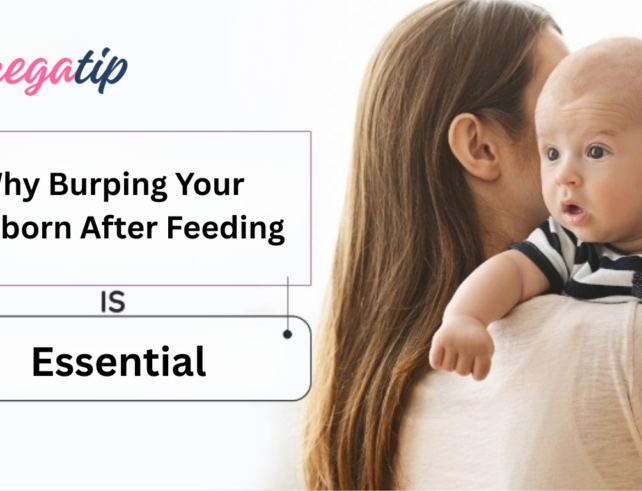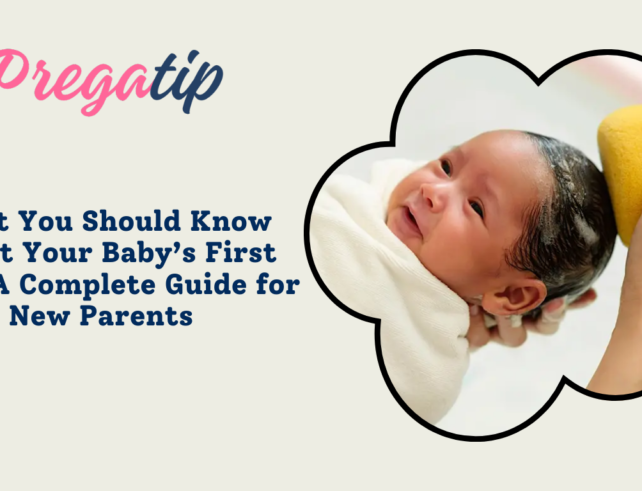Baby Yoga: A Holistic Approach to Infant Development and Caregiving


Introduction to Baby Yoga
Baby yoga, or infant yoga, is a nurturing practice that incorporates gentle movements, stretches, and techniques designed specifically for infants. Unlike traditional yoga, which is often associated with adults, baby yoga is a carefully adapted practice that focuses on the developmental needs of infants. This practice is rooted in the principles of mindfulness, gentle touch, and responsive interaction, aiming to promote physical, emotional, and cognitive well-being for babies while strengthening the bond between them and their caregivers.
The Foundations of Baby Yoga
At its core, baby yoga is about creating a supportive and caring environment where infants can explore movement, sensation, and connection in a safe and gentle manner. The sessions are usually guided by trained instructors who understand the unique needs of infants and how to tailor yoga poses and movements to support their development. The practice emphasizes attunement to the baby’s cues, ensuring that each movement and interaction is responsive to their needs and comfort level.
Physical Benefits of Baby Yoga
One of the primary benefits of baby yoga is its positive impact on physical development. Infants are in a critical stage of growth, and baby yoga helps enhance their motor skills, coordination, and body awareness. Through simple yet effective movements like tummy time, leg lifts, and gentle stretches, babies can build the muscle tone and control necessary for milestones such as crawling and walking.
These physical activities are not just about movement; they lay the foundation for gross motor skills that are essential for a child’s overall development. For example, tummy time strengthens the neck, shoulder, and upper back muscles, which are crucial for later stages of mobility. Similarly, leg lifts and reaching exercises promote balance and coordination, helping babies develop the strength and dexterity they will need as they grow.
Improving Digestion and Circulation
Another significant benefit of baby yoga is its positive effect on digestion and circulation. Certain yoga poses and movements, such as gentle twists and abdominal massages, can help stimulate digestion and alleviate common discomforts like gas and constipation. These techniques are not only soothing for the baby but also support digestive health by promoting regular bowel movements and reducing colic symptoms.
Improved circulation is another advantage of baby yoga. Gentle movements and stretches encourage blood flow throughout the baby’s body, supporting the delivery of oxygen and nutrients to developing tissues. This enhanced circulation can also boost immune function, contributing to the baby’s overall well-being and helping them fight off illnesses more effectively.
Emotional and Cognitive Benefits of Baby Yoga
Baby yoga is not just about physical development; it also plays a crucial role in emotional and cognitive growth. One of the most profound aspects of baby yoga is the opportunity it provides for bonding and attachment between caregivers and infants. Through physical touch, eye contact, and shared experiences, baby yoga fosters a deep sense of security and trust, strengthening the emotional connection between the caregiver and the baby.
This bonding experience is vital for the infant’s emotional development. A secure attachment to a caregiver provides a strong foundation for the child’s future emotional well-being, helping them develop healthy relationships and a positive self-image as they grow. The nurturing environment of baby yoga classes reinforces this bond, offering both the caregiver and the infant a chance to connect in a meaningful and loving way.
Sensory Stimulation and Cognitive Development
In addition to emotional benefits, baby yoga also supports cognitive development through sensory stimulation. The sensory-rich environment of a baby yoga class engages the infant’s senses and promotes sensory awareness and integration. Activities such as gentle massage, soothing music, and rhythmic movements stimulate various sensory pathways, encouraging the baby to explore and interact with their environment.
This sensory exploration is crucial for cognitive development. By engaging with different stimuli, babies learn to process sensory information, which lays the groundwork for more complex cognitive skills later in life. For example, the tactile stimulation from gentle massage helps the baby develop a sense of body awareness, while the auditory stimulation from music supports language development and auditory processing skills.
Practical Tips for Incorporating Baby Yoga at Home
While baby yoga classes offer a structured environment for learning and bonding, many of the benefits of baby yoga can be enjoyed at home. Caregivers can incorporate baby yoga into their daily routine by following a few practical tips.
Creating a Safe and Comfortable Space
The first step in practicing baby yoga at home is to create a safe and comfortable space. Choose a quiet, clutter-free area where you and your baby can move freely without any distractions. A soft blanket or yoga mat can provide the necessary cushioning and support for your baby’s delicate body. It’s also important to ensure that the room is at a comfortable temperature and free from hazards like sharp objects or heavy furniture that could pose a risk to your baby.
Following Your Baby’s Lead
One of the key principles of baby yoga is to follow the baby’s lead. This means paying close attention to your baby’s cues and preferences during the session. Babies have their unique rhythms and comfort levels, so it’s important to be responsive to their signals. If your baby seems fussy or uncomfortable, it’s okay to take a break or try a different pose or movement. The goal is to create a positive and enjoyable experience for both you and your baby.
Adapting the Practice to Suit Your Baby’s Needs
Every baby is different, and what works for one may not work for another. As you practice baby yoga, be open to adapting the movements and techniques to suit your baby’s needs. For example, some babies may prefer slower, gentler movements, while others may enjoy more active poses. By being flexible and responsive, you can ensure that your baby yoga sessions are tailored to your baby’s unique needs and developmental stage.
Incorporating Baby Yoga into Daily Routine
Consistency is key when it comes to baby yoga. While it’s not necessary to practice baby yoga every day, incorporating it into your daily routine can help maximize the benefits. For example, you might start each morning with a short baby yoga session, or incorporate yoga poses into your baby’s playtime or bedtime routine. Regular practice can help establish a sense of routine and predictability, which is comforting for babies and supports their emotional and cognitive development.
Exploring the Benefits of Baby Yoga Beyond Infancy
While baby yoga is most commonly associated with infants, its benefits can extend beyond the first year of life. As your child grows, you can continue to adapt the yoga practice to suit their changing needs and developmental stages. Toddler yoga, for example, incorporates more active and playful movements that are designed to engage a child’s growing body and mind. This can help promote continued physical development, as well as support emotional regulation and cognitive growth as your child enters the toddler years.
The Role of Caregivers in Baby Yoga
Caregivers play a central role in the practice of baby yoga. Their presence, touch, and interaction are essential to creating a positive and nurturing environment for the baby. By participating in baby yoga, caregivers are not only supporting their baby’s development but also enhancing their own well-being. The practice encourages caregivers to be present in the moment, fostering mindfulness and reducing stress. This can lead to a more positive and relaxed caregiving experience, benefiting both the caregiver and the baby.
Conclusion: The Lasting Impact of Baby Yoga
Baby yoga offers a holistic approach to infant development and caregiving that benefits both the baby and the caregiver. By incorporating gentle movements, sensory stimulation, and nurturing touch, baby yoga supports physical, emotional, and cognitive development in the early stages of life. The practice also strengthens the bond between caregiver and infant, laying the foundation for a secure attachment and a positive caregiving experience.
Whether practiced in a class with a trained instructor or at home, baby yoga provides valuable opportunities for connection, exploration, and relaxation. As caregivers engage in baby yoga, they are not only helping their babies grow and thrive but also creating lasting memories and building a strong foundation for their child’s future well-being. The benefits of baby yoga extend far beyond the practice itself, contributing to the holistic well-being of both infants and their caregivers in the long term.



